

Please wait a moment!
The page is loading!


The page is loading!
Cycle for K-Cycle racing? Put your curiosities to rest! Let’s learn about cycles for K-Cycle racing
The cycle inspection refers to the examination conducted when a rider enters the venue the day before the competition. The types of inspections include, in sequence, torque inspection, visual inspection, and tightening and measurement inspections. Only cycles that pass this certification process are eligible to participate in the race.
The cycle certification inspection refers to the examination conducted when a rider enters the venue the day before the competition. The types of inspections include, in sequence, torque inspection, visual inspection, and tightening and measurement inspections. Only cycles that pass this certification process are eligible to participate in the race.
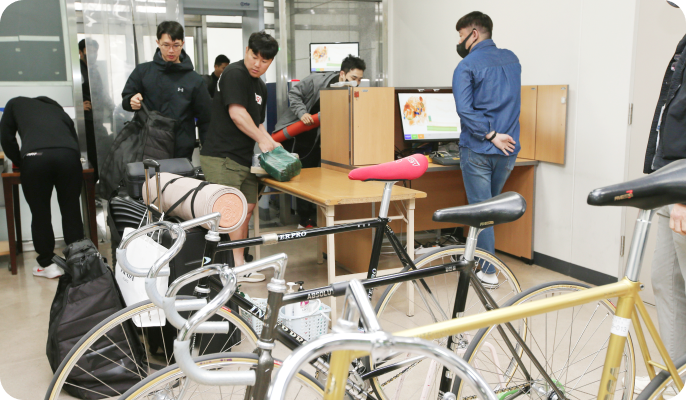
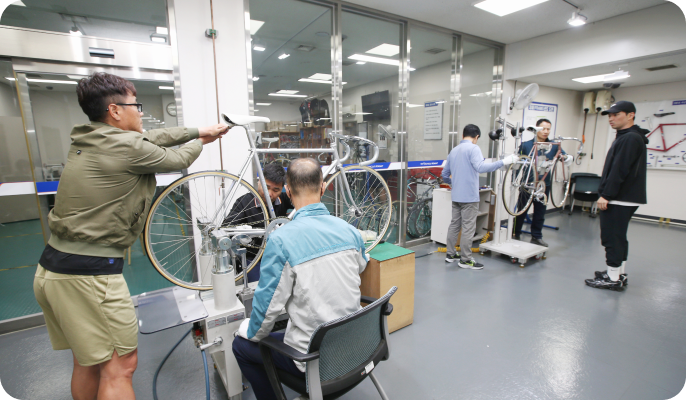
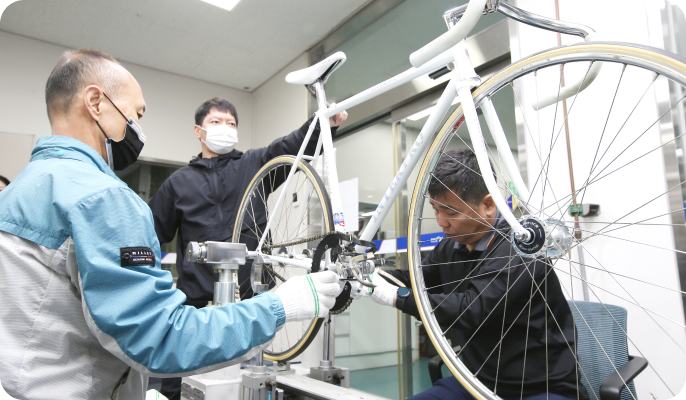
On race days (Friday, Saturday, Sunday), two levels of inspections are conducted. The first is a pre-entry inspection, conducted two hours before the start of the first race. The second is a pre-start inspection conducted right before the start of the race.

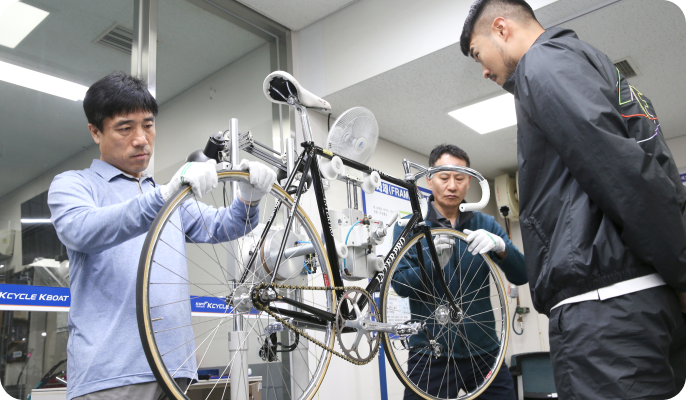
A tracking cycle, unlike a regular cycle, is designed with a fixed gear and a high gear ratio, optimised to maintain high speeds during races.
They are also equipped with various safety features to prevent accidents, reflecting the unique characteristics of cycling racing.

01. Tyres
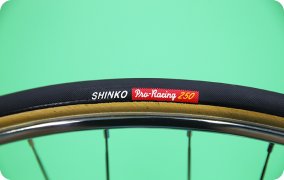
02. Hand Grip

03. Frame and Fork

04. Driven sprocket
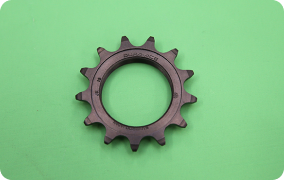
05. Head Parts
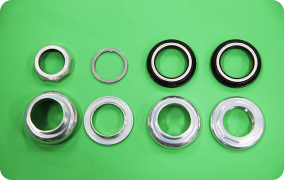
06. Chain
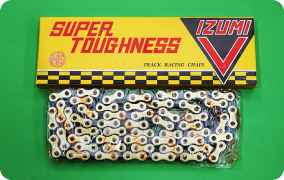
07. Toe Clips

08. Saddle
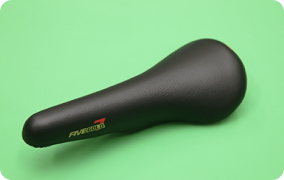
09. Drive sprocket
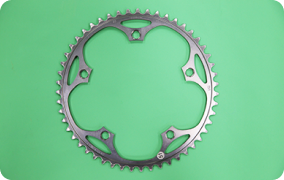
10. Gear Crank
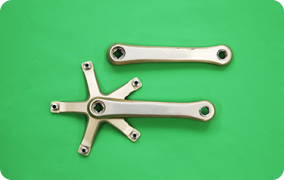
11. Hanger Parts
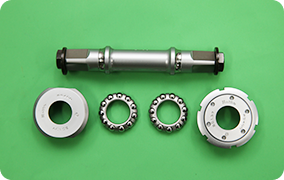
12. Clip Band
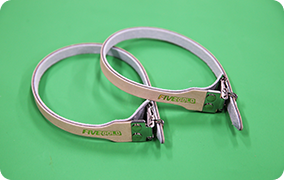
13. Saddle Post

14. Rims
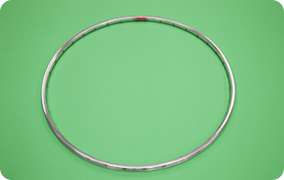
15. Pedals

16. Handlebar

17. Chain Adjuster
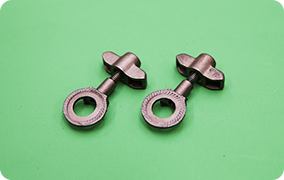
18. Spokes
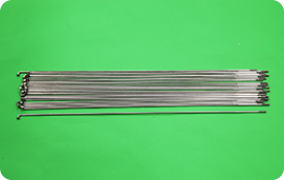
19. Hub

20. Handle Stem
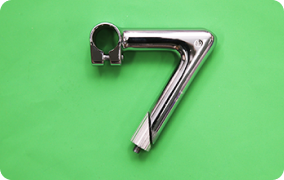
The most distinctive feature of a tracking cycle is that, unlike a regular cycle, it does not have brakes, and the rotation direction of the pedals is the same as that of the rear wheel.
In a standard cycle, the rear gear (small gear) is equipped with a mechanism called a freewheel. When the drivetrain rotates, power is transmitted to the rear wheel, moving the cycle forward. Even if the pedals are stopped or pedalled in reverse, the rear wheel continues its motion in the same direction. However, a cycling (track) cycle uses a fixed gear instead of a freewheel, meaning that if reverse pedalling is applied, the rear wheel will also rotate in the same direction. Due to this structural principle, when reducing speed or coming to a stop while riding, the riders must apply force in the reverse direction.
The cycles currently used in cycling races weigh approximately 7 to 9 kilograms, and their length, including the tyres, must not exceed 2 metres.
Additionally, the diameter of the front and rear wheels, including the tyres, must be between 67 and 69 centimetres. The price of each cycle is around 4 to 4.5 million KRW when purchased as a complete unit.